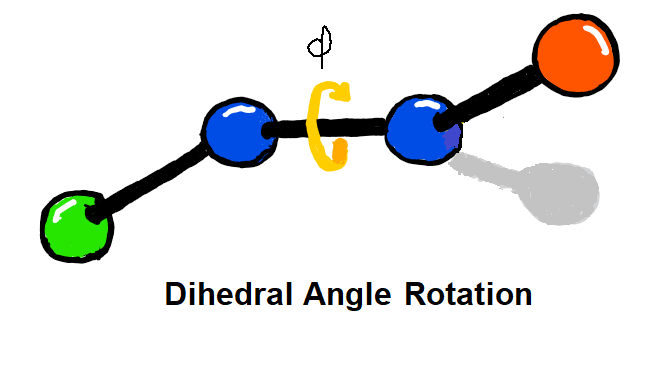-
Notifications
You must be signed in to change notification settings - Fork 2
Home

This page details and outlines the design goals behind the QUantum mechanical BEspoke (QUBE) force field model.
-
Based on quantum mechanics.
Where possible, all parameters of the QUBE force field are derived from quantum mechanical (QM) simulations, rather than fit to experiment. This substantially reduces the time-consuming and tedious fitting process.
- Bespoke. With the spread of low-cost computing resource, it is now feasible to reduce reliance on transferable libraries of parameters and instead derive bespoke force fields directly for the system under study.
- Accurate. Ongoing work is benchmarking the accuracy of QUBE against experimental liquid properties, protein dynamics, and protein-ligand binding free energies.
- Scaling. By implementing our methods in the ONETEP linear-scaling density functional theory code, our non-bonded parameters can be derived for molecules containing thousands of atoms, including entire proteins.
- Automated and easy-to-use. This is a work in progress but see below for details of the QUBEKit software package for small molecule force field derivation, and QUBEMAKER, our tool for setting up protein MD simulations using the QUBE force field.
- Wide range of applications. Although our main interest is in biomolecular force fields for computer-aided drug design, we are also investigating the use of QUBE for organic and organometallic optical materials.
We have developed unique methods to ensure that our force field is, as much as possible, derived from quantum mechanics, rather than fit to experiment.
Charge and Lennard-Jones non-bonded parameters are derived 
Bond stretching and angle bending are generally modelled as harmonic springs in MM force fields. In QUBE, harmonic bond and angle force constants are derived directly from the QM Hessian matrix using our modified Seminario method. QUBE reproduces QM vibrational frequencies to an accuracy of around 6%.
Dihedral parameters are fit to QM torsional 
QUBEMAKER (coming soon) will automate the set-up of protein molecular dynamics simulations using the QUBE force field. QUBEMAKER will provide simulation-ready input files in CHARMM format, and support for alternative packages is coming soon.

Image credits: Lauren Nelson.
 Where possible, all parameters of the QUBE force field are derived from quantum mechanical (QM) simulations, rather than fit to experiment. This substantially reduces the time-consuming and tedious fitting process.
Where possible, all parameters of the QUBE force field are derived from quantum mechanical (QM) simulations, rather than fit to experiment. This substantially reduces the time-consuming and tedious fitting process.